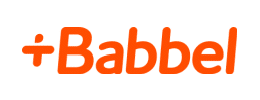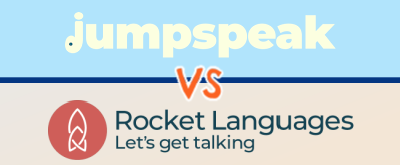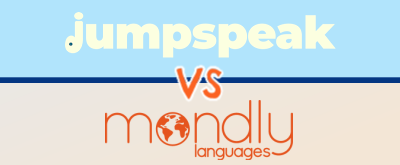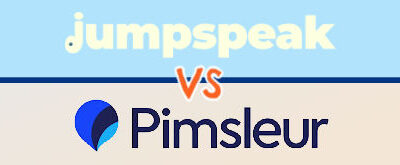Choosing the right language learning app can be tricky, especially when two popular options like Lingopie and Babbel take such different approaches. While Lingopie immerses you in real-world video content, Babbel follows a structured, lesson-based path—so which one is the better fit for your learning style? Keep reading to find out.
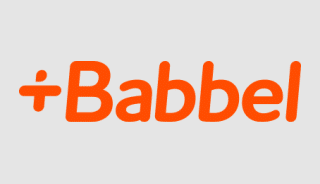
Sale: 55% OFF
Applied in Cart
|
$8-$15/mo |
The ideal app for beginners featuring short lessons, helpful grammar instruction, and a diverse mix of practice drills. |
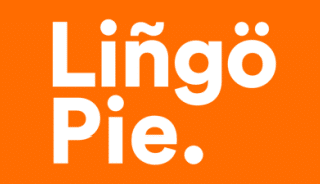
Sale: 70% OFF
Applied in Cart
|
$6-$12/mo |
Unique language app that features real-world tv shows and movies and a bundle of useful tools to help you learn a new language. |
Editor’s Choice
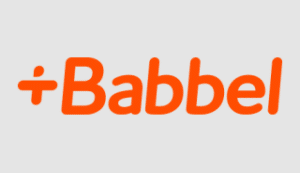
Babbel
- Multiple Subscription Options
- Money Back Guarantee
Pros
- Comprehsnive program that touches on all aspects of language learning
- Short, engaging lessons format
- Helpful review sessions that are customizable
- Insightful grammar explanations
- Accurate speech recognition software
Cons
- Slightly more expensive than Lingopie
- No use of video within lessons
Video Review: Lingopie vs Babbel
In the video below, Bianca from the Guide2Fluency team compares the language learning apps from Lingopie and Babbel.
Why You Should Choose Babbel
Given that Babbel and Lingopie take vastly different approaches to language learning, let’s cover the major reasons you may want to opt for Babbel over Lingopie.
Structured Progression
Compared to Lingopie, Babbel is probably a better choice for learners who like a clear, step-by-step approach, since it sticks to a traditional language app format with structured lessons and a well-planned curriculum. Babbel guides you through lessons in a set order, gradually building your skills from beginner to intermediate in a way that feels natural and manageable.
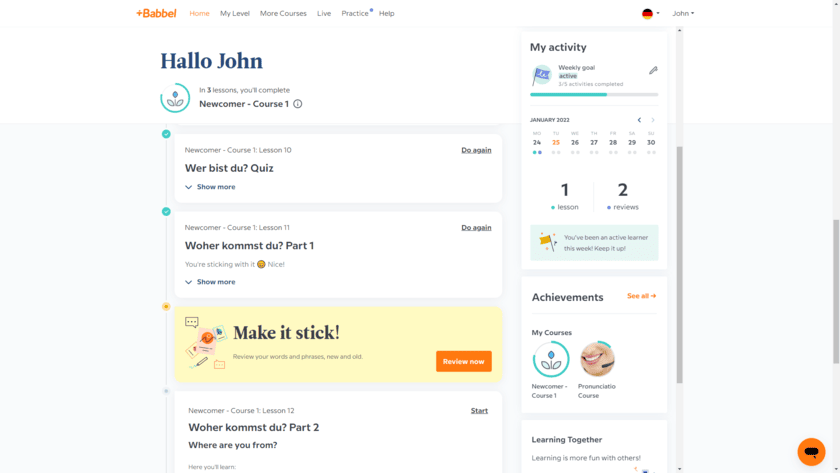
If you prefer a more organized learning path with clear progression, Babbel’s structured courses might be a better fit than Lingopie’s free flowing, video-driven style.
Better For Beginners
One big advantage for Babbel is its beginner-friendly structure, and there are two main reasons why it works so well.
First, Babbel’s lessons are designed to be straightforward and gradually build your skills without diving into overly complex material too soon. Second, unlike Lingopie, which throws you straight into real-world TV shows and movies, Babbel takes a step-by-step approach that feels much more manageable for beginners.
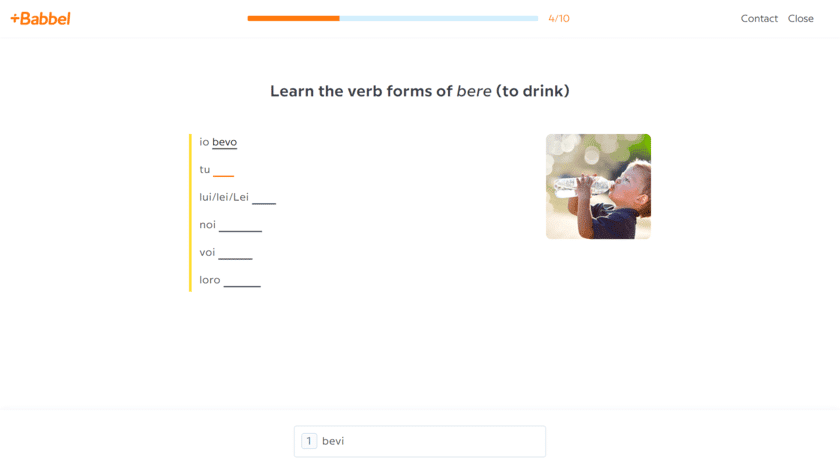
If you prefer a clear roadmap rather than figuring things out as you go, or you just want to pick up useful phrases for travel, Babbel might be the better fit.
Quick, Diverse Lesson Format
One of Babbel’s biggest strengths is its well-rounded and engaging lesson format compared to Lingopie. Babbel’s bite-sized, 10-15 minute lessons keep things moving with a mix of interactive exercises that cover listening, reading, writing, and speaking.
You’ll work through everything from flashcards and multiple-choice questions to sentence building, fill-in-the-blank drills, and even conversation practice—making for a dynamic and fast-paced learning experience (kind of like Duolingo, but with more structure).
Helpful Review Sessions
One of Babbel’s biggest strengths is its vocabulary review system. To be fair, both apps offer ways to revisit what you’ve learned, but in my opinion, Babbel’s approach is way more effective than Lingopie’s.
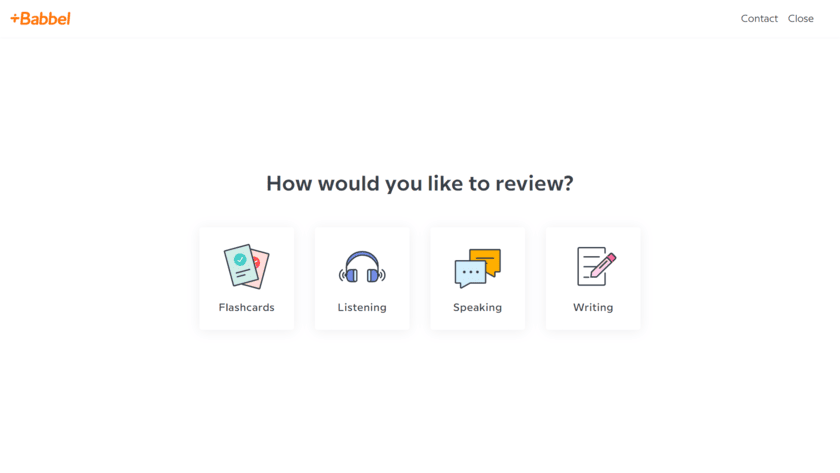
Lingopie’s review setup is essentially just a collection of flashcards, but Babbel takes a more structured, research-backed approach. Almost every day, you get a spaced repetition review, meaning words pop up at strategic intervals to help them stick. Plus, you can choose how you want to review—whether it’s listening, flashcards, speaking, or writing—making it a much more flexible and effective way to reinforce what you’ve learned.
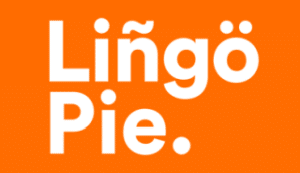
Lingopie
- Multiple Subscription Options
- Free 7-Day Trial
Pros
- Very affordable (as low as $6/mo)
- Fun and entertaining way to learn a new language
- Impressive content library (real tv shows and movies)
- Grammar coach provides detailed instruction
- Speech software available to help develop your pronunciation
Cons
- No structured lesson plan
- Not as many practice drills/exercises as Babbel
Why You Should Choose Lingopie
Now that we’ve covered Babbel in detail, it’s only fair we discuss the reasons you should consider using Lingopie to help you learn and speak a foreign language.
More Entertaining Learning Experience
Lingopie and Babbel take very different approaches to language learning, with Lingopie offering a unique, entertainment-based experience that sets it apart from traditional apps. Instead of following a structured lesson plan, Lingopie immerses users in real TV shows and movies—think titles like Cupids and The Astronauts—with interactive subtitles and learning tools to help you absorb the language naturally.
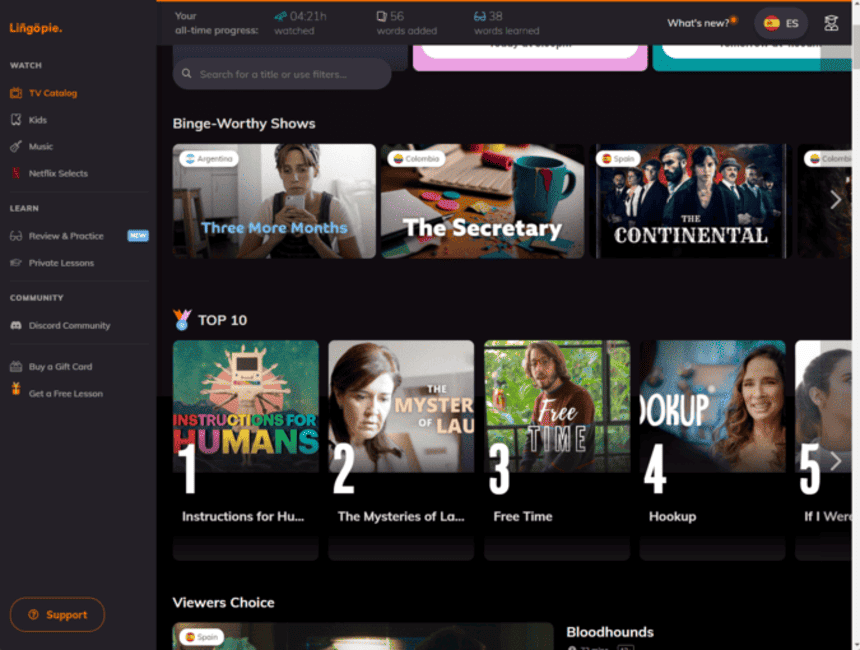
By combining binge-worthy content with language learning, Lingopie keeps things fun and engaging, making it easier to stick with. Meanwhile, Babbel sticks to a more classic approach, offering structured lessons and exercises—but unlike Lingopie, it doesn’t include any video-based learning.
Visual Learners
It’s no shock that Lingopie is a great fit for visual learners, given its heavy focus on video-based content. If you learn best by seeing things in action, Lingopie’s use of real TV shows and movies makes picking up a new language feel natural and engaging. On the other hand, Babbel sticks to a more traditional, text-heavy format without any video lessons. So if you’re someone who thrives on visuals, Lingopie definitely has the edge.
Helpful Learning Tools
We were seriously impressed by the variety of learning tools Lingopie packs into its platform. At first, we expected a simple setup—just watching TV shows with subtitles—but it turns out there’s a lot more going on behind the scenes.
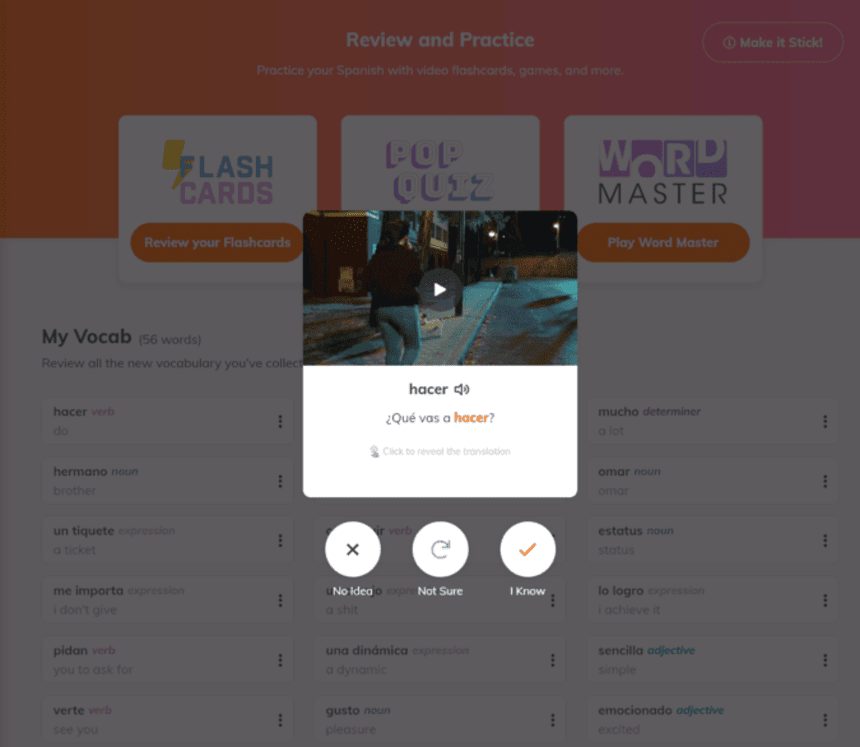
One of the coolest features is the ability to click on any word in the subtitles to get an instant definition, plus an automatically generated flashcard for review later. But these aren’t just basic flashcards—Lingopie actually saves the scene where you found the word, giving you a video-based memory boost to reinforce vocabulary. On top of that, there’s a loop function to replay tricky scenes until you nail the dialogue, and you can even slow down the playback speed to catch every word.
All in all, we were pleasantly surprised by how much thought Lingopie puts into making language learning both fun and super effective.
Grammar Coach
Let’s talk about grammar—because even though Lingopie doesn’t follow a traditional curriculum, its approach to teaching grammar is surprisingly effective.
One of Lingopie’s standout features is its built-in grammar support. The subtitles are color-coded to help you spot different parts of speech at a glance—adjectives might be green, adverbs red—making it easier to recognize patterns in your target language. Plus, if you click on any word, you’ll get a detailed breakdown, including its gender, number, and context-specific meaning.
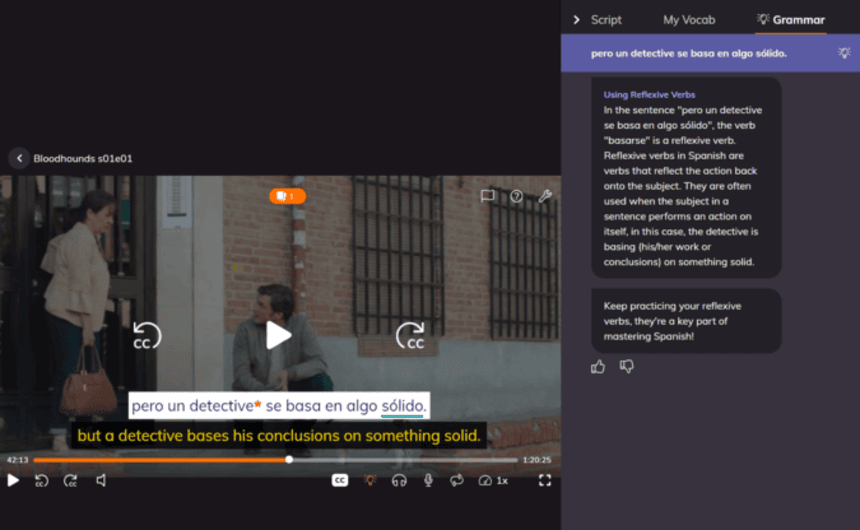
But the real game-changer? Lingopie’s grammar coach. Just tap the lightbulb icon, and you’ll instantly get a clear, detailed explanation of the grammar rule in play—right next to the video—so you can see it in action as you learn.
Verdict: Which Language App Is Better?
After testing both apps, it’s tough to pick an outright winner. Babbel and Lingopie take such different approaches to language learning that comparing them directly feels like apples and oranges. Each has its own strengths and weaknesses, depending on what kind of learner you are.
Our suggestion? Why not use both! Babbel’s subscription typically runs between $8 and $15 per month, while Lingopie’s annual plan breaks down to as low as $6 per month. That means for roughly $15 a month (still cheaper than Pimsleur, by the way), you can build a strong foundation with Babbel’s structured lessons while using Lingopie’s video-based approach to reinforce what you’ve learned.
This combo is especially useful as you progress—Babbel helps you nail the basics, while Lingopie becomes even more valuable as you move from beginner to intermediate fluency.
Babbel focuses on structured, lesson-based learning with interactive exercises to build a solid foundation in a new language. In contrast, Lingopie immerses you in real TV shows and movies, using interactive subtitles and tools to help you learn through context and real-world dialogue.

